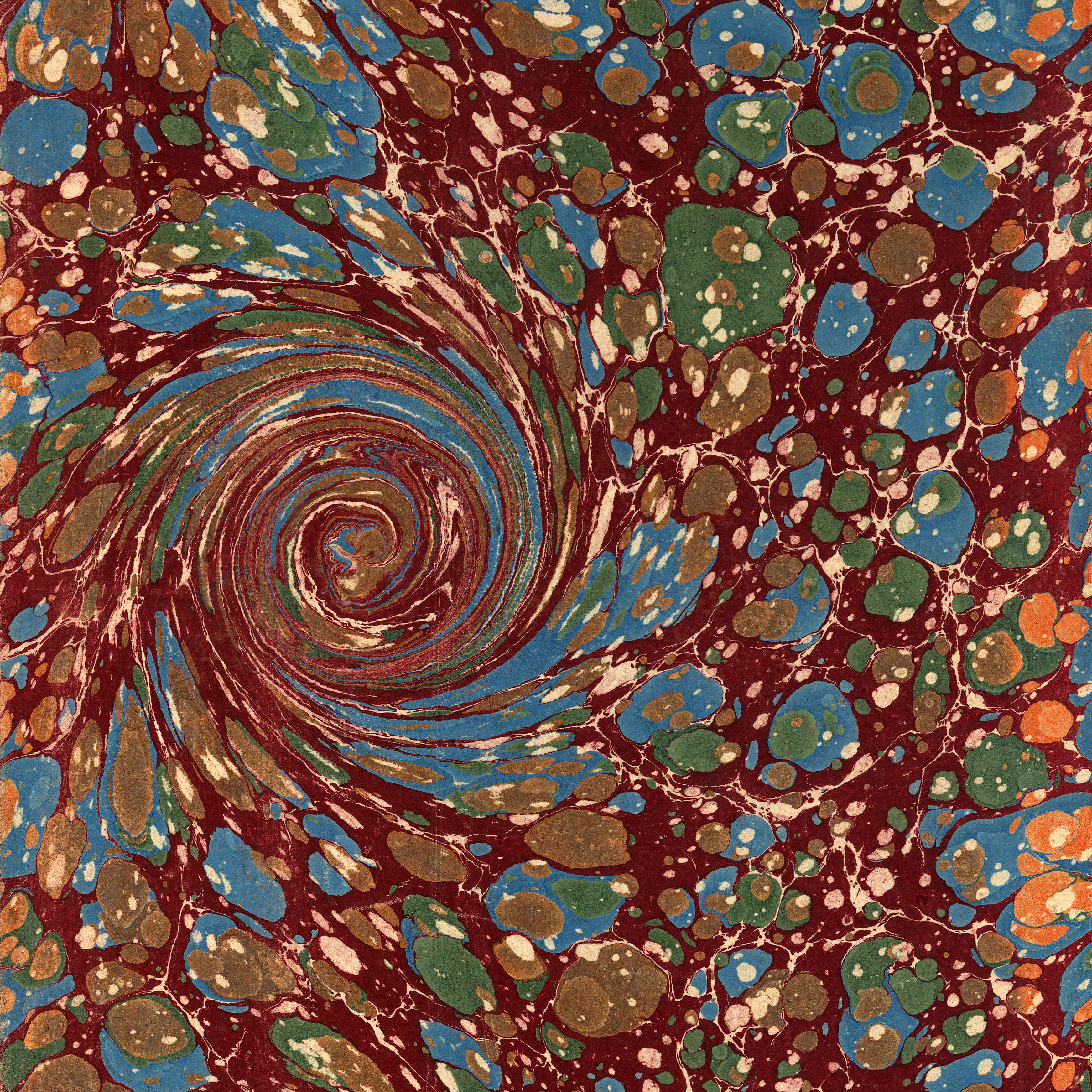As the moon passes in front of the sun on Kairaku Jigoku no Toriko (2019)August 21, bringing the first total solar eclipse to the contiguous United States since 1979, people around the country are going to be treated to one of the biggest scientific moments of the year.
And everybody can take part.
SEE ALSO: 20 questions you're too embarrassed to ask about the solar eclipseSure, anyone can put on some solar eclipse glasses and look to the skies to see the moon totally dominate our closest star, but where's the challenge in that?
Instead, why not try making some basic observations to make the most of your eclipse experience.
At most, totality will only last for about 2.5 minutes, so really, it's not like you're going to have a whole bunch of time to do much aside from marvel at the beauty of it all.
NASA's best advice is just to look at the world around you during this one-in-100-year event.
"If you are on the path of totality, notice how rapidly the light across the landscape fades as totality approaches," NASA said.
"Do you feel any difference in the way the wind blows, or whether it has gotten a bit chillier? How about animal life in the area, especially birds. Do you sense that they have changed their behavior?"
But hey, if you're feeling more ambitious, we have some other things you can check out as well.
Just before the moon fully covers the face of the sun during the eclipse, the natural satellite's valleys and mountains will carve jagged lines in the sun's light, allowing "beads" of light to shine through.
"Baily’s Beads are very short-lived, and may not last long enough to be noticeable to all observers of the total solar eclipse," NASA said.
It's still not safe to look at the eclipse with your naked eye during this phase of the eclipse, so just be sure to keep your eclipse glasses on until the sun is fully covered by the moon.
One particularly cool observation you can make during totality is checking out the sun's corona, or outer atmosphere.
According to NASA, the corona should look like a "pearly white crown" around the blotted out star.
 Original image has been replaced. Credit: Mashable
Original image has been replaced. Credit: Mashable "The corona displays a variety of features including streamers, plumes, and loops," NASA said.
"These features change from eclipse to eclipse and the overall shape of the corona changes with the sunspot cycle. However, during the few fleeting minutes of totality few, if any, changes are seen in these coronal features."
NASA is facilitating citizen science around the United States during the solar eclipse through its Global Learning and Observations to Benefit the Environment (GLOBE) app.
Ahead of the eclipse, just download the app and follow some prompts to register yourself as a citizen scientist. Then, on August 21, use the app to send NASA data about your location.
The app will ask you for data on temperature and cloud cover in the area.
“No matter where you are in North America, whether it’s cloudy, clear or rainy, NASA wants as many people as possible to help with this citizen science project,” Kristen Weaver, deputy coordinator for the project, said in a statement.
“We want to inspire a million eclipse viewers to become eclipse scientists.”
All you really need to do during a total solar eclipse is look to the sky.
As the twilight of totality falls on your location try to look up and spot planets and stars standing out in the eerie gloom.
Mercury, Venus, Mars, and Jupiter should all be visible along with constellations usually only visible during the winter months in the Northern Hemisphere.
 Time to Unite
Time to Unite
 Tucker Carlson's Trump interview doesn't have 230 million video views on X
Tucker Carlson's Trump interview doesn't have 230 million video views on X
 11 scary horror movies that'll give you nightmares
11 scary horror movies that'll give you nightmares
 Olympia by the Sea
Olympia by the Sea
 The Amazon Book Sale is coming April 23 through 28
The Amazon Book Sale is coming April 23 through 28
 'Quordle' today: See each 'Quordle' answer and hints for August 26, 2023
'Quordle' today: See each 'Quordle' answer and hints for August 26, 2023
 'Bottoms': 'If we could have used more blood, we would have'
'Bottoms': 'If we could have used more blood, we would have'
 Les Combats Modernes
Les Combats Modernes
 Yes, that was Ke Huy Quan on the phone in 'The White Lotus' Season 3
Yes, that was Ke Huy Quan on the phone in 'The White Lotus' Season 3
 The Morning Roundup for August 18, 2014
The Morning Roundup for August 18, 2014
 Google removes Chromecast's guest mode feature
Google removes Chromecast's guest mode feature
 Field of Dreams
Field of Dreams
 'Baldur's Gate 3' confirmed for Xbox in 2023
'Baldur's Gate 3' confirmed for Xbox in 2023
 The Kindle Scribe just dropped to its lowest price ever, but is it worth it?
The Kindle Scribe just dropped to its lowest price ever, but is it worth it?
 Field of Dreams
Field of Dreams
 Olympia by the Sea
Olympia by the Sea
 10 TikTok accounts to follow if you love to cook
10 TikTok accounts to follow if you love to cook
 Skates in the deep sea may incubate eggs near 'black smoker' vents
Skates in the deep sea may incubate eggs near 'black smoker' vents
 The Art of Marbling
The Art of Marbling
Paralympic athlete shares epic video from centre court straight after winHBO's Benedict CumberbatchThe winners and losers of Trump comedy in 2018Huawei's Nova 4 has a 48Donald Trump will attend 9/11 memorial event at ground zeroThese people aren't real. Can you tell?HBO's Benedict CumberbatchThis year, foster a Christmas tree instead of throwing one awayFormer Prime Minister David Cameron quits politics, Twitter erupts with jokesYael Stone accuses Geoffrey Rush of inappropriate behaviorHBO's Benedict Cumberbatch40 easy (and free) ways to feel festive this holiday seasonApple to stop potential iPhone ban in China with a software updateFacebook pushes back on claims that outside factChopsticks are the ultimate tool for snacking at your computerThis Snapchat screenplay is the most wanted in Hollywood right nowHere's why everyone's tweeting about Charles Barkley and his friendThe 22 most romantic pop culture moments of 2018Twitter releases 2018 Transparency Report including policy violation stats for the first time400 students showed up to sing to their teacher battling cancer Counter Culture by Amie Barrodale and Clancy Martin Happy Birthday, Maud Hart Lovelace by Sadie Stein These Quizzes Are Hard, and Other News by Sadie Stein A 60th Anniversary Tote! by The Paris Review Outside the Paris Pavilion by Sadie Stein Singing the Blues by Sadie Stein The Digital Public Library, and Other News by Sadie Stein Perspective by Sadie Stein The Private Lives of Web Journalists by Jason Novak Buy Tiffany’s, and Other News by Sadie Stein The Funnies, Part 3 by Tom Gauld The Funnies, Part 5 by Tom Gauld What We’re Loving: Aliens and Birds by The Paris Review End of an Era by M.J. Moore New Emotion: On Kirill Medvedev by Lucy McKeon How to Win at Moby Christo, Untitled, 1982 by The Paris Review An Enormous Amount of Pictures: In the Studio with Miriam Katin by Yevgeniya Traps Paula Fox, Work in Progress by The Paris Review The World of Tomorrow by Sadie Stein
1.4222s , 10136.71875 kb
Copyright © 2025 Powered by 【Kairaku Jigoku no Toriko (2019)】,Fresh Information Network